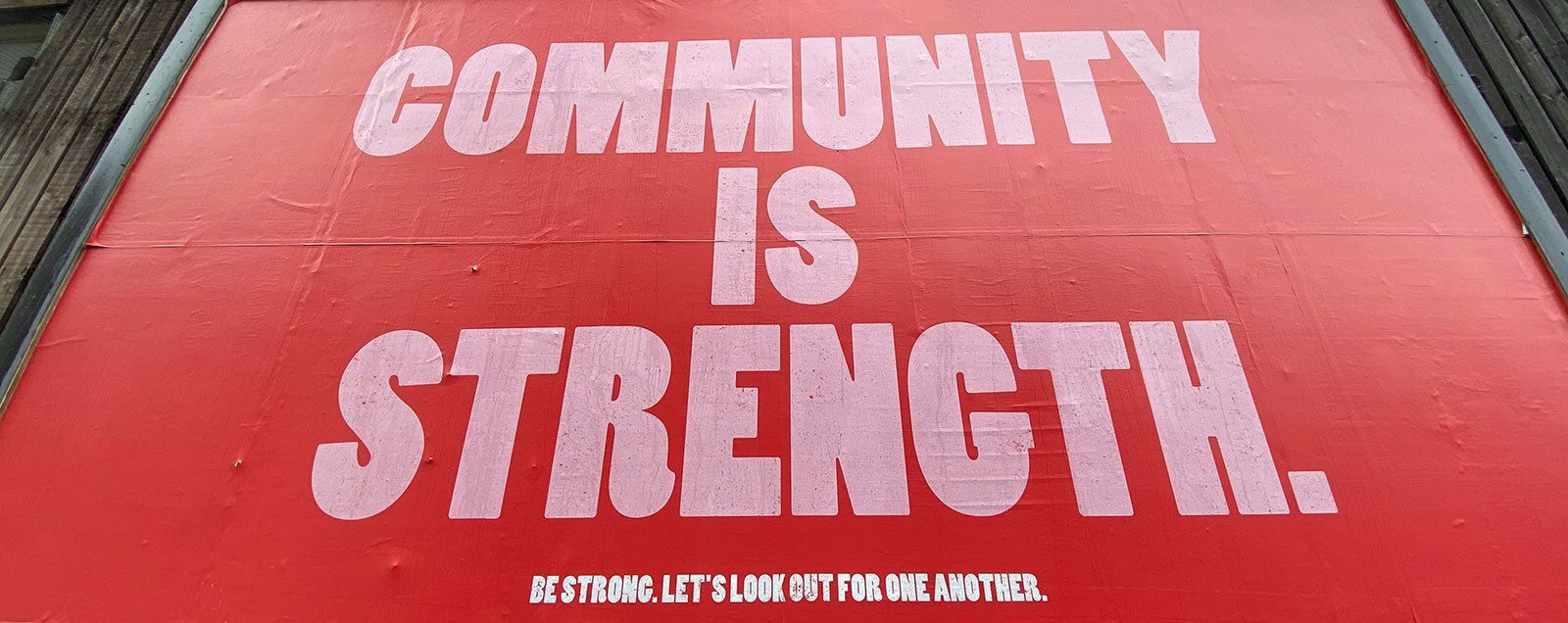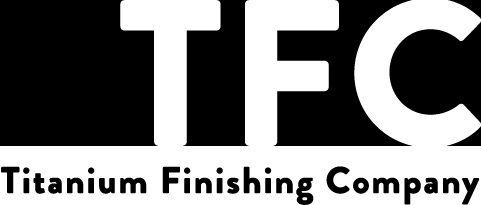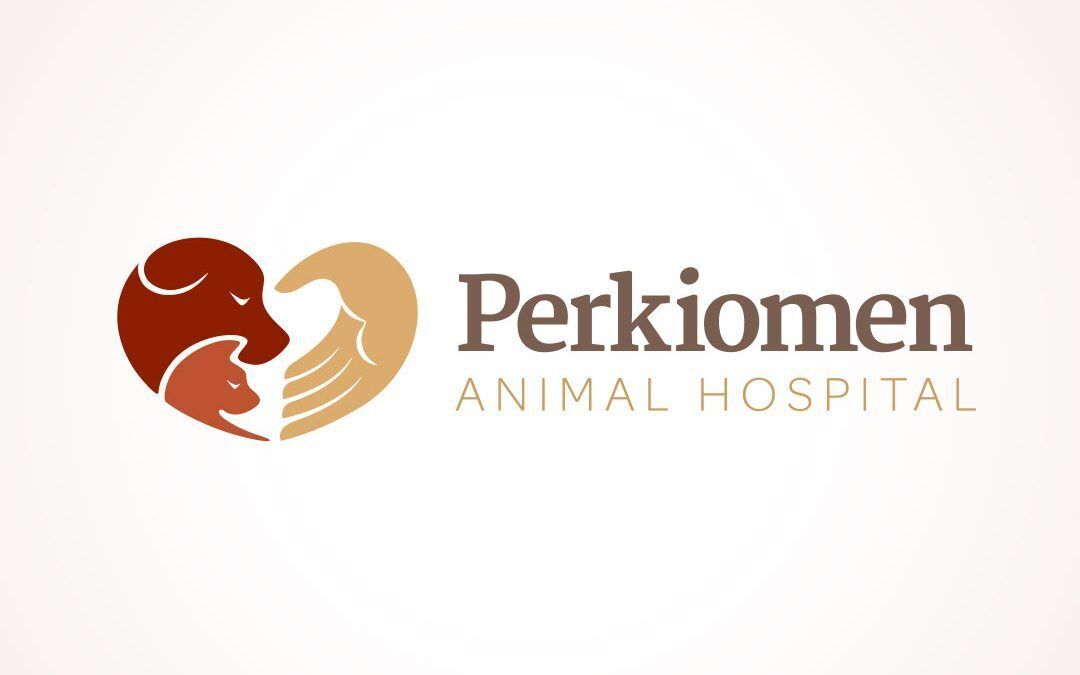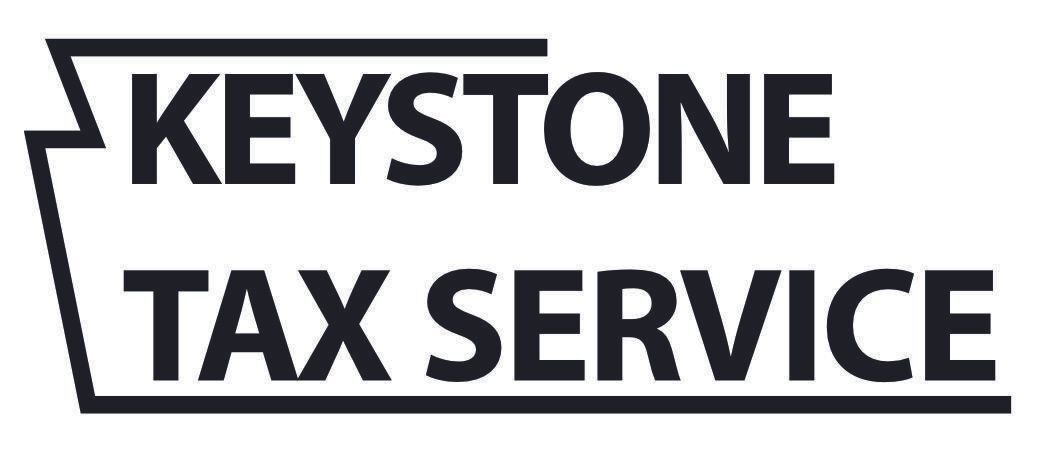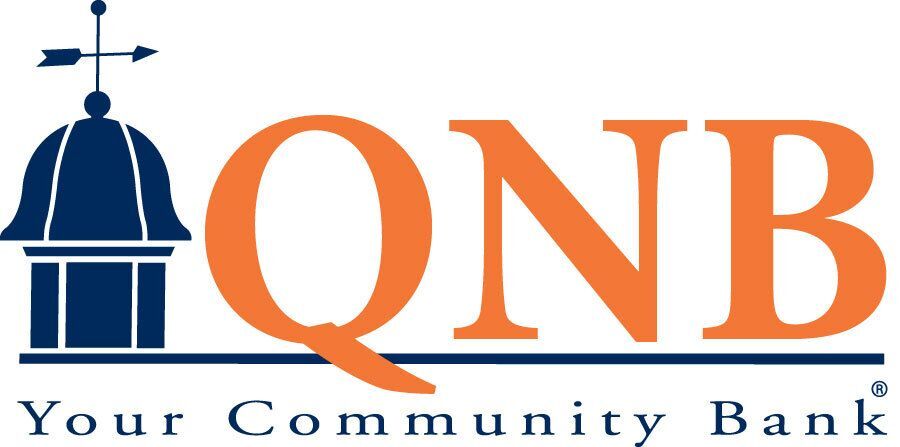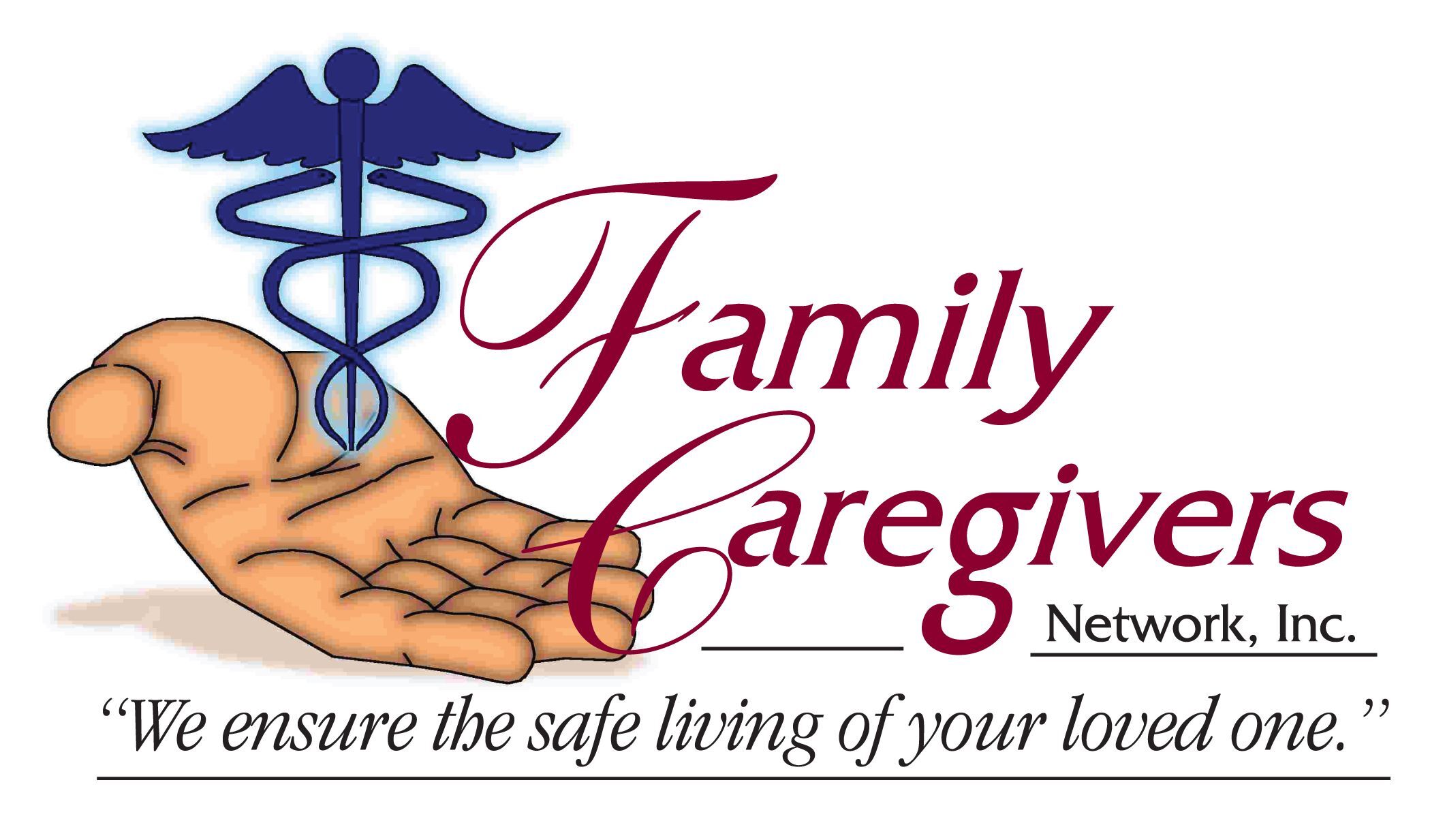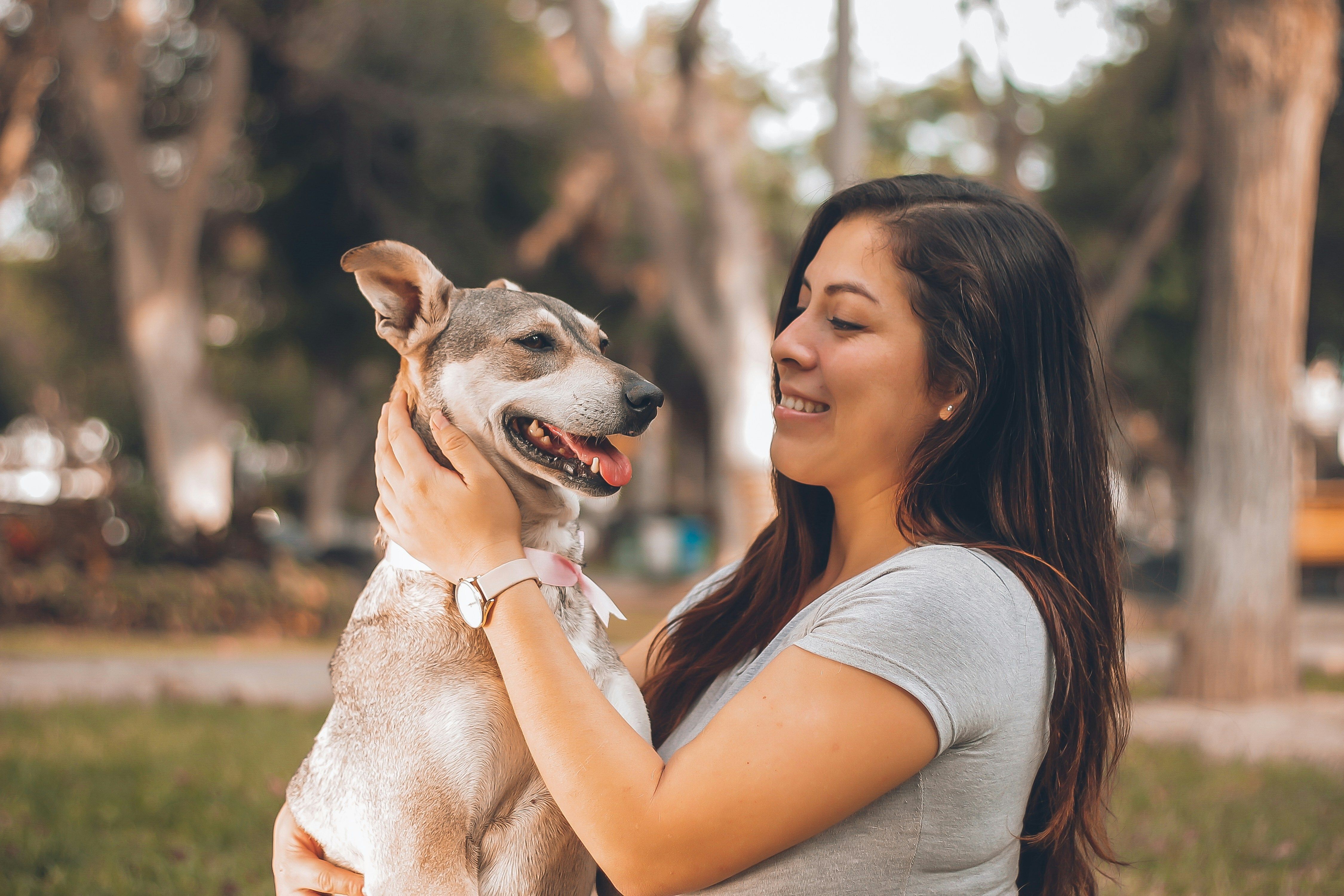
Pet ownership provides several benefits for physical and mental health, increasing opportunities for physical activity and also reducing feelings of loneliness. According to the National Pet Owners Survey conducted in 2020, over eighty-five million households in the United States owned at least one pet. With that being said, one of the things we know is that there is a cultural stigma around pet ownership and poverty. For those who have difficulty providing for themselves, often times society places judgement on people who own pets while experiencing situations of poverty, without realizing a lot of the background of how the barriers surrounding pet ownership and poverty play out.
With 78 million dogs and 86 million cats in 80 million American households, pet ownership transcends geographical, racial, religious, and socio-economic boundaries demonstrating that love for pets is a consistent societal value. We don’t realize that those who may be economically disadvantaged don’t care or love their pet less, in fact those who are living in poverty often must work harder to provide even just basic care for their animals. Frequently those living in disadvantaged communities have little access to veterinary care, information and support to be able to care for their animals effectively from the beginning. Similarly to the lack of resources and equality that create “food deserts”, “animal resource deserts” are where there are entire neighborhoods in parts of the country that do not have veterinarians, pet food suppliers, or grooming businesses that can help our pets live extraordinary lives. Because of these lack of resources, pet owners living in poverty often have to go further, pay more and have little ability to address health needs until they become dire emergencies.
These barriers in no way translate to caring or loving your pet less. In fact, many individuals who I have come to know who have experienced poverty often sacrificed their own meal or happiness just to make sure their pet was happy, and in turn that gave them purpose as well. We can do more to bridge these gaps, like many organizations like the Humane Society, who work hard to provide mobile veterinary services through a program like Pets for Life Program, which looks to provide training to local shelters, animal welfare agencies and free spaying and neutering services. Providing the education of the psychological benefit that animals give underserved populations and people of all types allow us to in turn have better results in our already over-run animal population—and keep people with their pets.
Food insecurity is present in our community, and in turn we also know that this makes it harder for our neighbors to take care of the pets they love so deeply. Want to know how you can help directly? Donate pet food of any type to our Food Pantry at The Open Link. Have a Pet Food Drive in honor of National Pet Month annually in May! We accept pet foods of all kinds—canned cat and dog food, dry cat and dog food, treats, litter, etc. We love our pets, because they become family


